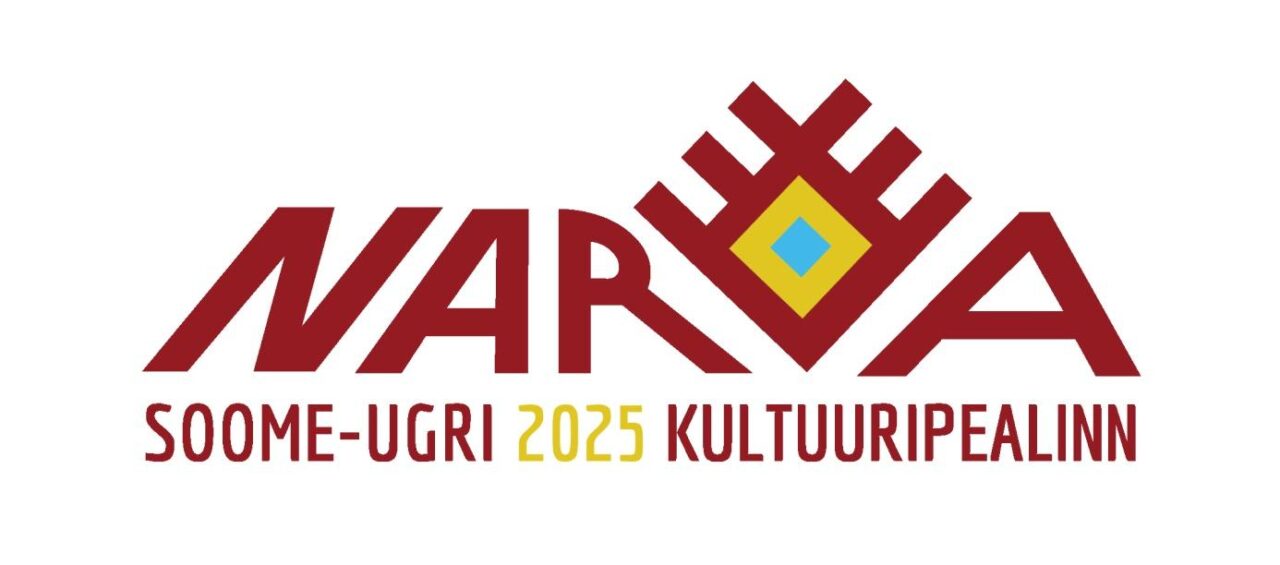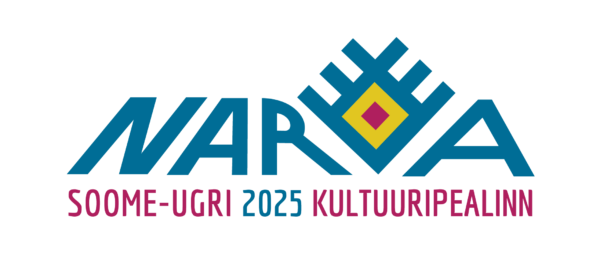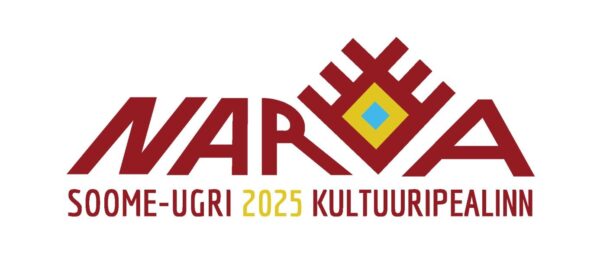Opening ceremony of Finno-Ugric Capital of Culture Narva 2025: overview
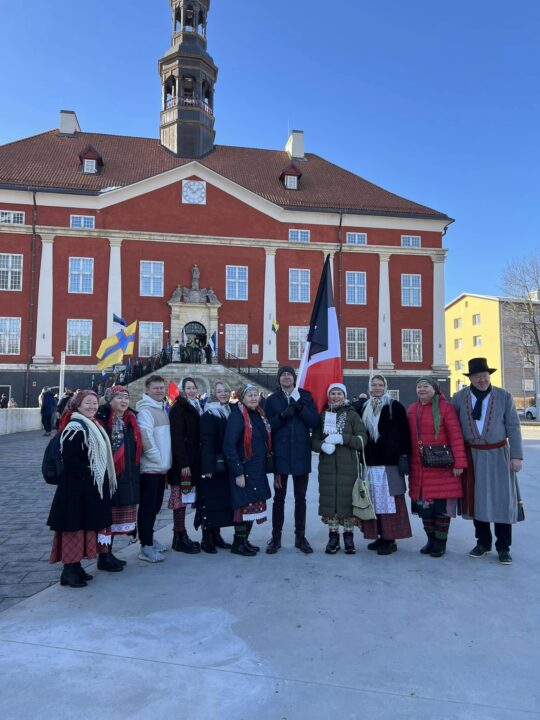
On the first days of spring, on 1 and 2 March, the city of Narva was celebrated as the 2025 Finno-Ugric Capital of Culture.
The celebrations began with the opening of the exhibition ‘Scripture in the languages of the Finno-Ugric peoples’ at the Narva Central Library and continued with a spirited procession of flags of all nations and almost all peoples. The Ingrian Finns deserve a special mention here, as they were particularly numerous in the procession – after all, the Narva district is part of the former Ingria.
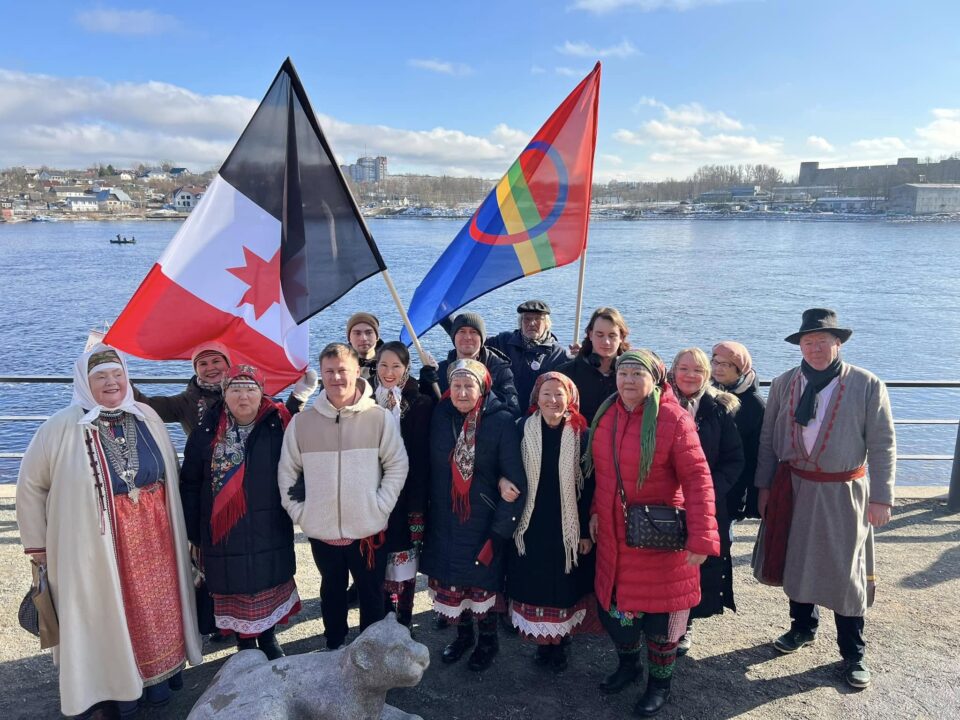
The procession took people to Narva Town Hall, where the symbol of the Finno-Ugric Capital of Culture, the world bird or tsirk, familiar from many Finno-Ugric epics and tales of the birth of the world, was presented to the Capital of Culture’s chief organiser Ekaterina Kuznetsova.
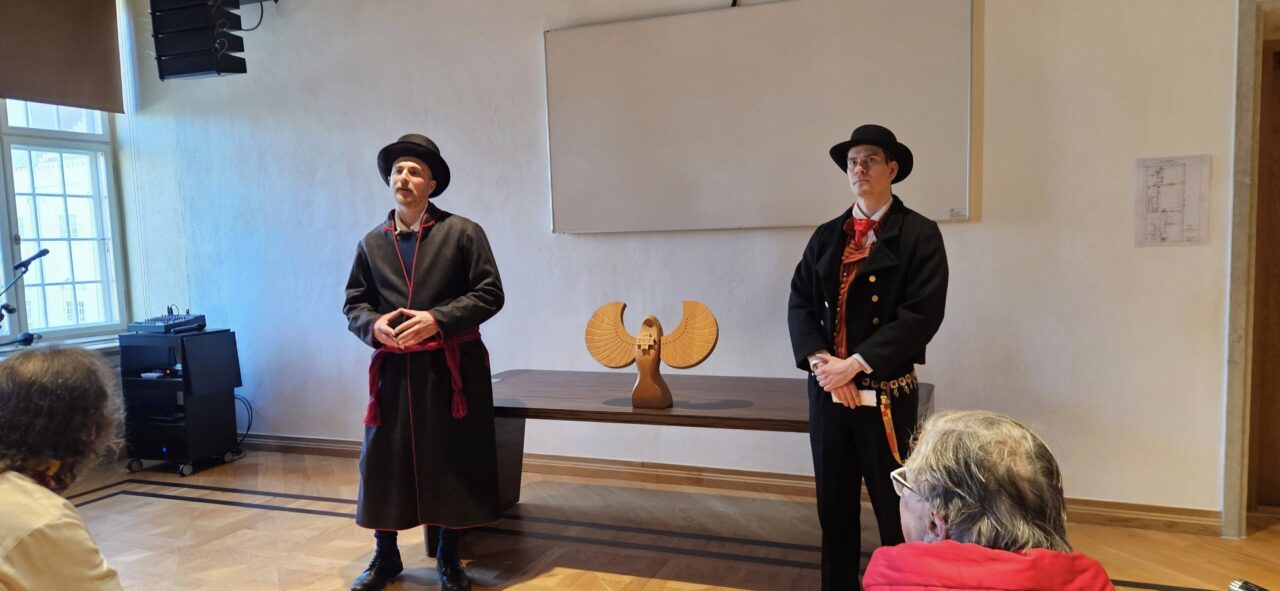
The Mayor of Narva, Katri Raik, welcomed the guests. Welcoming words and good wishes were shared by representatives of various Finno-Ugric nationalities from Estonia and further afield (Norway, Finland), while Fenno-Ugria’s advisor Jaak Prozes expressed his greetings and confirmed his willingness to cooperate with the organisers of the Capital of Culture events.
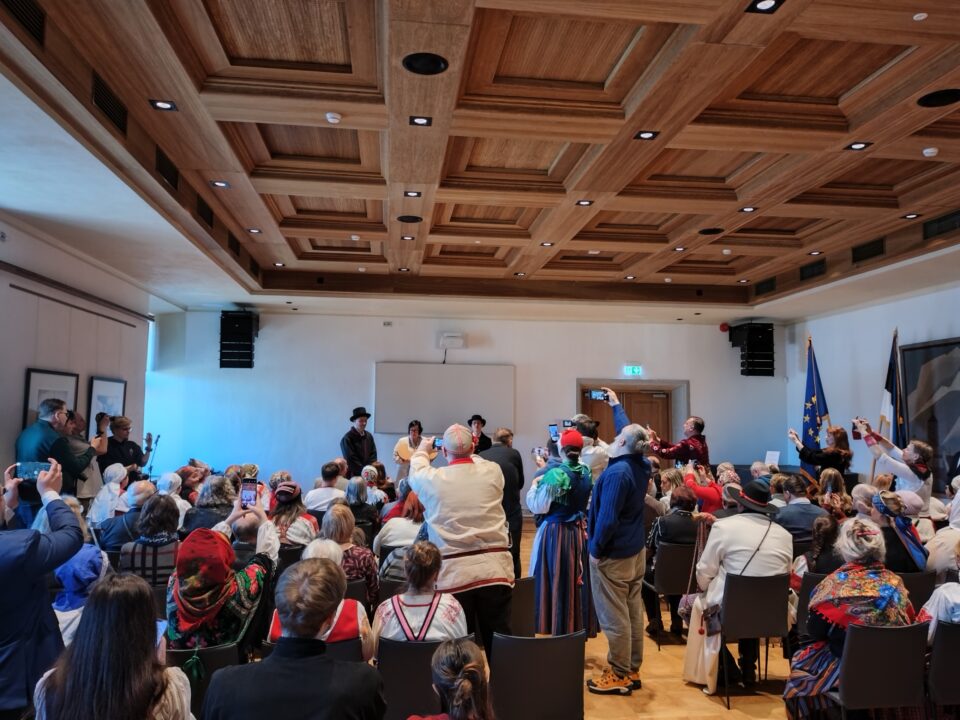
From the Town Hall, the audience moved to the atrium of the Narva College of the University of Tartu for a concert introduced by Jaak Prozes and college lecturer Szilard Tibor Tóth. The concert featured songs in Votic, Izhorian, Udmurt, Erzya, Moksha, Mari, Komi-Zyrian, Komi-Permyak, Finnish and Karelian: a true assortment of Finno-Ugric languages.
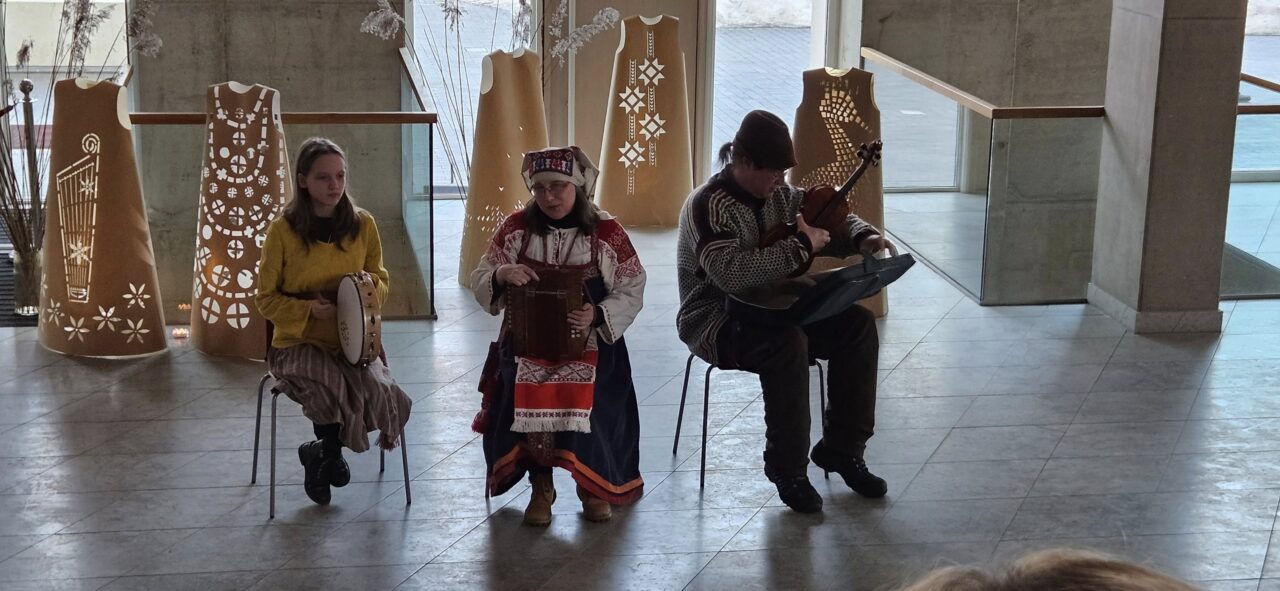
The events of the first evening ended in Narva Estonian House, where Ants Liimets, a member of the board of Narva Estonian Society, gave a comprehensive overview of the activities of Narva Estonian Society and the premises of the Estonian House. The idea was also expressed that there could be close and active cooperation between Fenno-Ugria and the Narva Estonian Society in the future.
The next day, the celebrators gathered in Narva’s Alexander Church. The service began with the hymn of Ingria and was conducted in various Finno-Ugric languages.
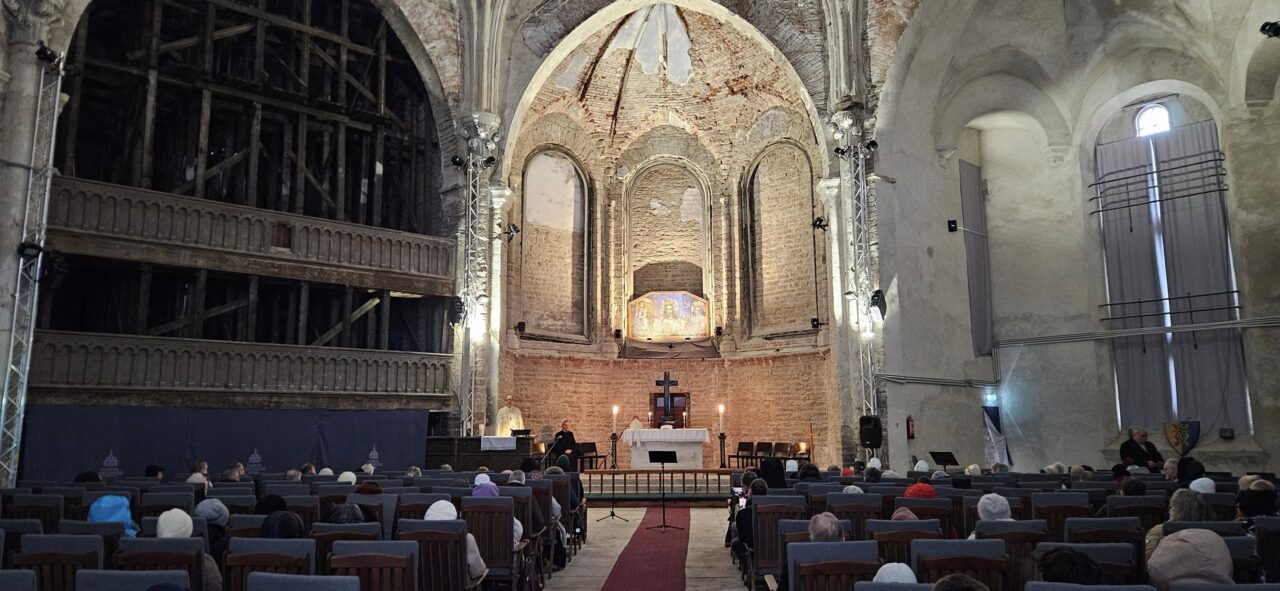
The languages of Ingrian Finnish, Votic, Izhorian, Udmurt, Moksha, Mari, Hungarian and Estonian were again spoken. The prayer was dedicated to both the Finno-Ugric Capital of Culture and the Finno-Ugric languages. The service was followed by an excursion to the tower of the Alexander Church, where a longer stop was made at the Ingria Museum and where those who wished could try their hand at bell-making.
The celebrations of the second day ended at the Narva House of Ingria, where lunch was served and the celebration of the Voticc national holiday ‘Cihlagoo’ and the Izhorian ‘Liugupäev’ took place.
Although a lot was accomplished on these two days, there are still plenty of events to look forward to throughout 2025. Among them, Fenno-Ugria will open an exhibition of ‘Written epics of Finno-Ugric peoples’ in Kohtla-Järve school on 11 March, and will hold a Kindred Club at Narva Town Hall on 19 March, starting at 17:00. This time the topic of the Club will be the Votes of Ida-Viru County, who will be the subject of a fascinating talk by historian Vallo Reimaa.
In addition, it will also be possible to take part in the Capital of Culture team’s celebrations of the Votic and Izhorian cultural days on 15 and 29 March respectively. The exhibition at the Narva Central Library will also remain open until 12 April and is open to the public,
Let’s embrace the new knowledge with enthusiasm and wish you happy encounters with our kindred people in Narva!
Text: Maarja Vinkel
